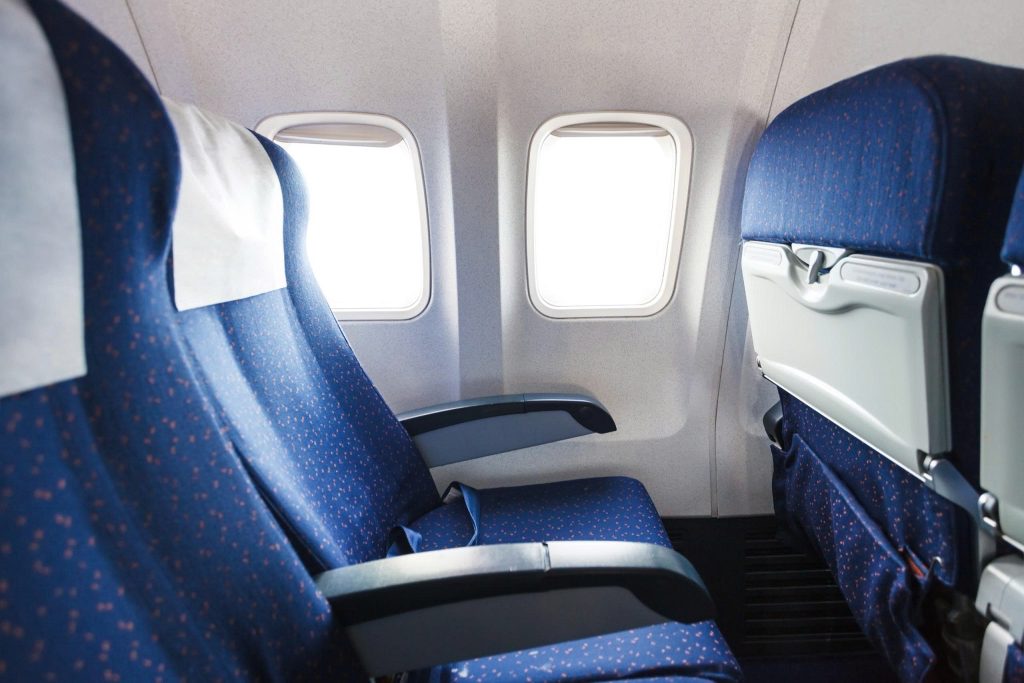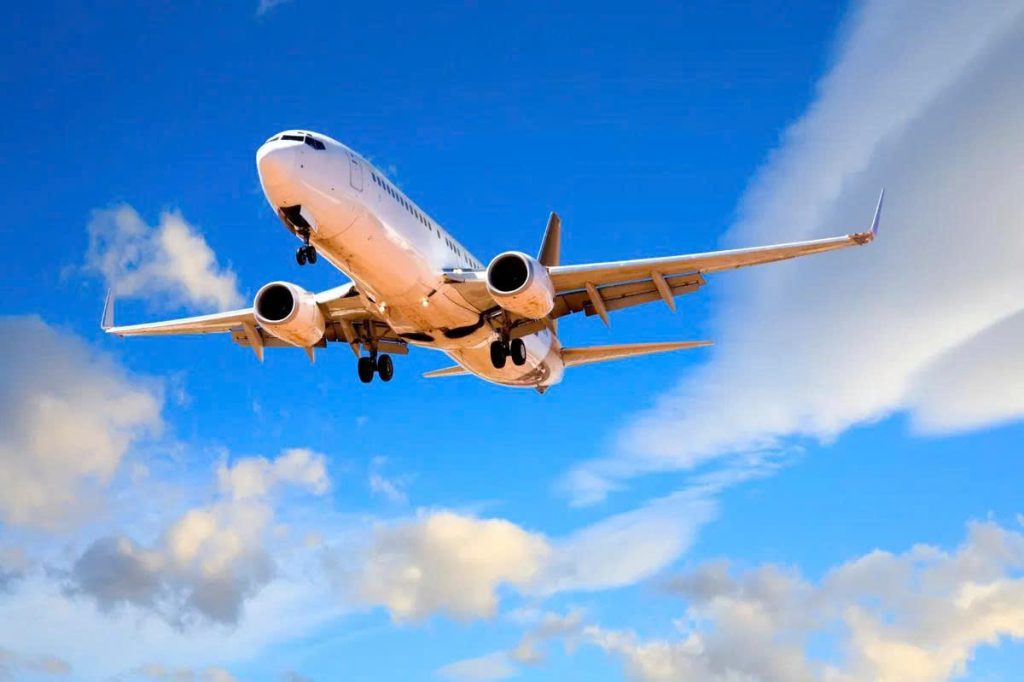According to British health experts, crossing your legs on an airplane is one of the worst things passengers can do for their health.
The Health Risks of Crossed Legs During Flights
Lee Cartwright, an elderly care specialist in the UK, explains that crossing your legs while sitting on a plane might seem harmless. However, it is actually detrimental and affects your health. This action can lead to consequences such as back and joint pain. It also restricts blood circulation in the legs. Furthermore, it increases the risk of developing deep vein thrombosis.
Understanding Deep Vein Thrombosis (DVT)
Deep vein thrombosis (DVT) is a condition. Blood clots, also known as thrombi, form in one or more of the body’s deep veins. These blood clots can partially or completely block the flow of blood within the vein. DVT commonly occurs in individuals who lie or sit still for extended periods. People who move or exercise infrequently are also at higher risk.
Increased DVT Risk for Elderly Passengers

Lee points out that older passengers face a particularly high risk of DVT. Therefore, they should especially avoid crossing their legs while seated on a plane. “As we age, the circulation in our bodies tends to slow down,” Lee adds. “Muscle strength declines, and the valves in the veins may not function as effectively.”
The Impact of Underlying Health Conditions
Besides age, older individuals often have other health conditions, such as diabetes. These conditions can further increase the likelihood of blood clots forming.
Healthy Sitting Practices During Flights
The British expert also offers good health solutions for sitting on a plane. Regularly standing up and walking around is recommended. Every 60 minutes, passengers should stand and walk along the aisle. This allows their legs to be active. Instead of crossing their legs, passengers should straighten their legs while sitting. Their knees should be slightly bent. This helps blood circulate normally. It also helps prevent back fatigue or stiffness.
Additional Tips for Healthy Blood Circulation
In addition, travelers should drink plenty of water during the flight. Water helps blood flow more easily. Wearing compression stockings or socks that apply gentle pressure can also aid circulation. They can reduce swelling or edema. While seated, passengers can also perform some basic leg exercises. These include flexing their feet, rotating their ankles, or gently lifting their knees. Doing this every 40 minutes can lower the risk of DVT.
Recognizing the Symptoms and Dangers of DVT
DVT can cause pain in certain parts of the leg or groin. It can also increase the frequency of cramps and change the skin color. In severe cases, this condition can cause shortness of breath. This occurs if the blood clot travels to the lungs, leading to a pulmonary embolism.
According to DM

















